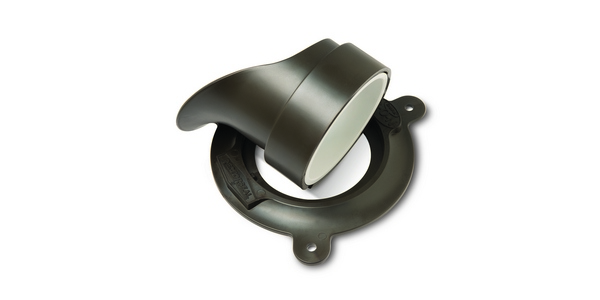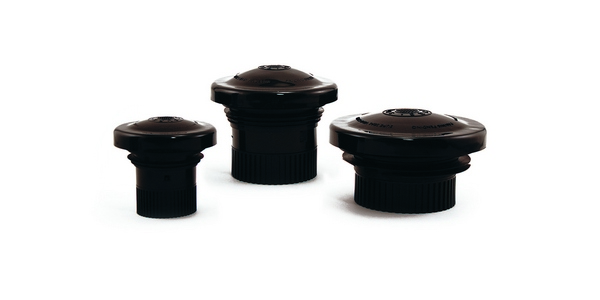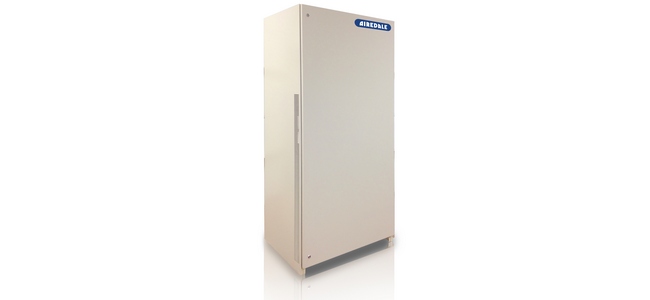ASHRAE Introduces 2018-2019 President, Officers & Directors
ATLANTA, Ga. – ASHRAE installed its 2018-2019 president, executive committee officers and directors during its Annual Conference which was held June 23-27.
ASHRAE’s 2018-2019 president is Shelia J. Hayter, P.E., fellow ASHRAE. During her inaugural presidential address, Hayter announced her term’s theme will be “Building Our New Energy Future.” The theme focuses on the important role buildings will play in our energy future as the traditional electrical grid continues to evolve toward a smart grid with advances in renewable energy.
While serving as the Society’s president, Hayter will continue her role as a group manager with the Department of Energy’s National Renewable Energy Laboratory in Golden, Colorado. She will also serve as chair of ASHRAE’s board of directors and executive committee.
Elected officers who will serve one-year terms are as follows:
President-elect: Darryl K. Boyce, P.Eng., fellow life member ASHRAE, assistant vice president, facilities management and planning, Carleton University, Ottawa, Ontario, Canada
Treasurer: Charles E. Gulledge III, P.E., member ASHRAE, HBPD, senior mechanical engineer, Environmental Air Systems LLC., High Point, North Carolina
Vice president: Julia A. Keen, Ph.D., P.E., fellow ASHRAE, BEAP, HBDP, professor, Architectural Engineering & Construction Science Department, Kansas State University, Manhattan, Kansas
Vice president: Malcom Dennis Knight, P.E., fellow ASHRAE, BEMP, owner, Whole Building Systems, LLC, Mt. Pleasant, South Carolina
Vice president: Michael C. A. Schwedler, P.E., Fellow ASHRAE, applications engineering manager, Trane, La Crosse, Wisconsin
Vice president: Farooq Mehboob, P.E., fellow life member ASHRAE, principal consultant, S. Mehboob & Company Consulting Engineers, Karachi, Pakistan
ASHRAE also introduced its newest directors who will serve three-year terms from 2018-21:
Region I director and regional chair: Christopher G. Phelan, manager of engineered services, Thermco, Clifton, New Jersey
Region II director and regional chair: Jeff Clarke, CEO, Enviroair Industries, Inc., Mont-Royal, Quebec
Region III director and regional chair: Dunstan Laurence Macauley III, HBDP, senior associate, WSP, Fairfax, Virginia
Region XI director and regional chair: Russell J. Lavitt, P.Eng., senior mechanical engineer, Stantec, Winnipeg, Manitoba
Region at large director and regional chair: Ahmed Alaa Eldin Mohamed, Ph.D., P.Eng., chairman, Middle East Gate Holding, Abu Dhabi, United Arab Emirates
Director-at-large: Katherine G. Hammack, fellow ASHRAE, partner, Ernst & Young, Mclean, Virginia
Director-at-large: Sarah E. Maston, P.E., CPMP, president, Green Footprints Commissioning, Inc., Hudson, Massachusetts
Director-at-large: Chandra Sekhar, Ph.D., fellow ASHRAE, professor, Building Services, National University of Singapore, Singapore





